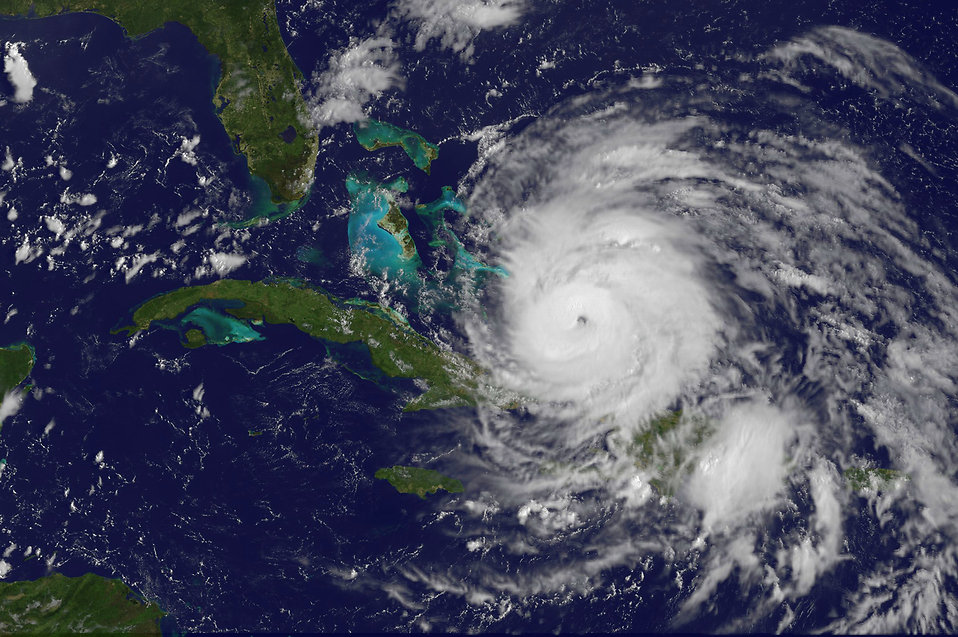The benefits of going to a school in Florida include year-long warm weather, beautiful beaches and a relaxing tropical atmosphere—one of the cons: the oh-so-thrilling hurricane seasons. Many students may remember Hurricane Irma’s disruptive influence on campus during the beginning of the fall 2017 semester when it hit Sarasota as a Category 4 storm on Sept. 10 and caused weeks of delayed classes. The storm caused severe damage to two office buildings and created the realization that the school needs better protocols to help ensure the protection of students in case of a similar emergency. After the stress and confusion for maintaining safety on campus during Irma, students are now required to fill out a mandatory evacuation plan (MEP) form to help prepare administration for dealing with another hurricane.
The MEP form documents what students plan to do during a hurricane and notes what students might require assistance in evacuating. Responsible for handling the results of the MEP form is the new Director of Emergency Management, Luis Suarez, who handled similar responsibilities for Manatee County during Hurricane Irma and has conducted research assessing the risk and liability of different plans resulting infrom the form.
“Last year during Hurricane Irma we all realized how important it is to prepare far in advance, before storms are even brewing, to know what our procedures will look like should we be faced with a storm again,” Residence Hall Director (RHD) Adriana Diaz (‘16) said in an email interview.
After Hurricane Irma reached campus, the power was out in many residence halls without any clue as to when it would return. Students were encouraged to stay off-campus in safe locations with friends or family throughout the duration that the school prepared for the storm.
While Irma was approaching the Florida coastline after hitting northeastern Cuba, staff members including Diaz worked around the clock with little training and information for how to deal with the situation and were continuously faced with problems thrown at them from all sides. Staff members even went door-to-door a couple of days before the storm hit, though the effectiveness and efficiency of that method was questionable—and they knew it.
“Many things were outside of our control,” Diaz said. “We were ill-prepared even though we all, as individuals, tried our very best. It was personally a time of extremely high anxiety for me. This is where pre-planning comes in.”
Along with allowing the campus to identify the plans of students during the event of a hurricane, the MEP will help the school establish necessary contracts with transportation services to help evacuate students who are otherwise unable to find a way to safety.
“It will help us secure spots for students at other institutions or in real shelters, and ensure that they are accompanied by staff members such as myself who will remain dedicated in the event of any future storms,” Diaz said. “Without estimate numbers, we can’t plan ahead in these areas. The MEP is important because as an institution and as individual staff members we want to ensure that no one is left behind.”

